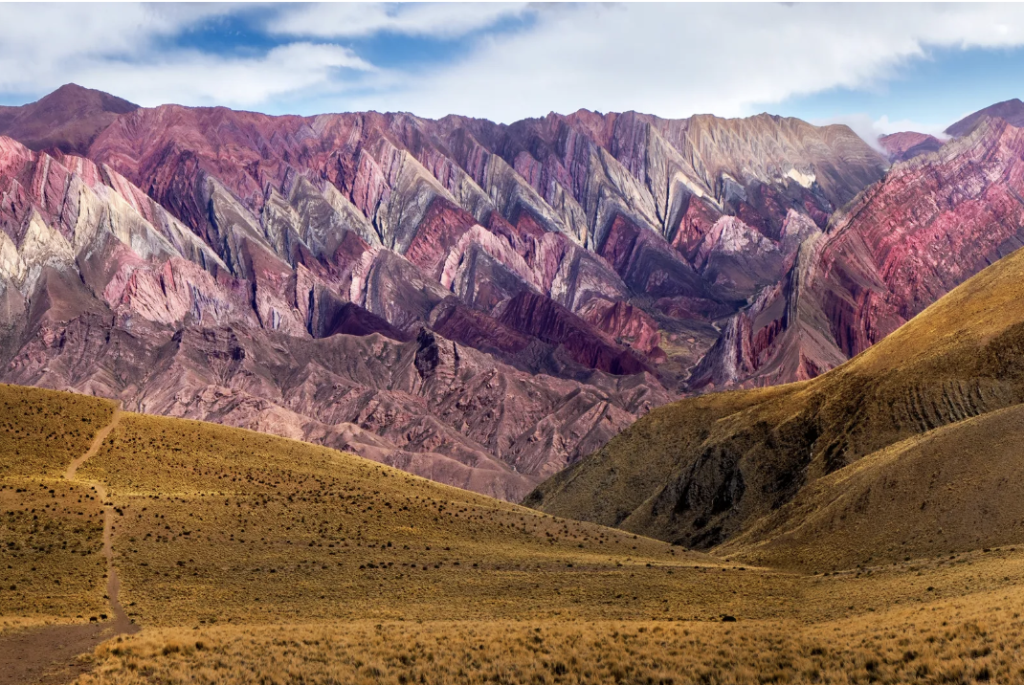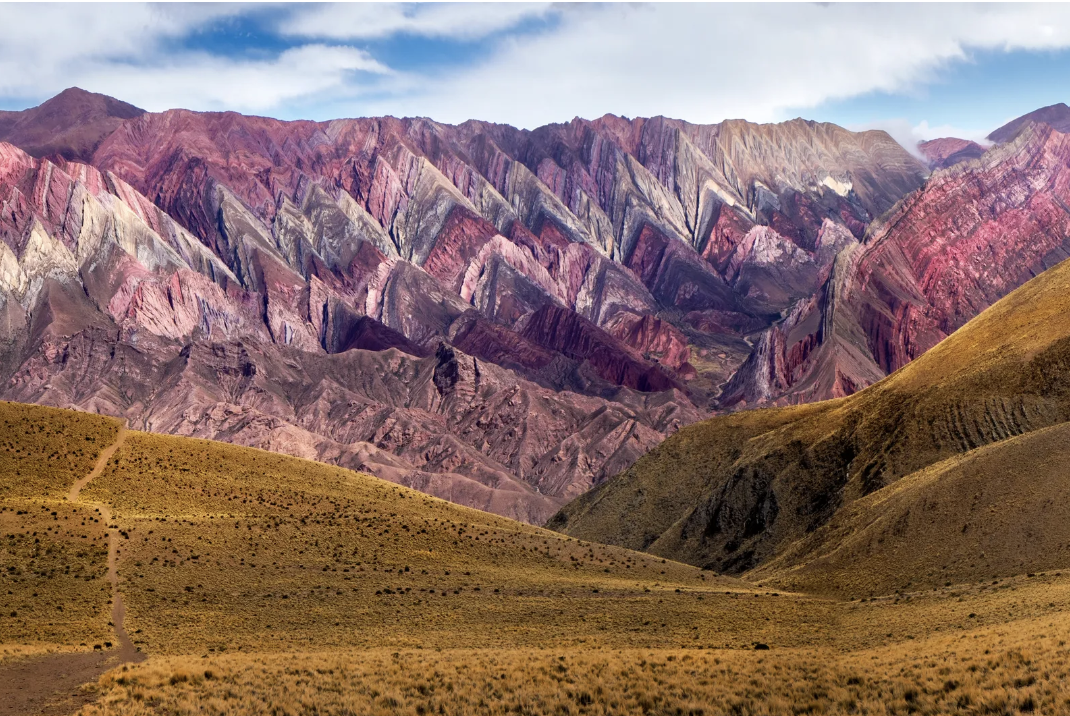(Condé Nast Traveler) Unlike coffee plantations, wine cultivation isn’t restricted by elevation or latitude, and in South America, you’re sure to stumble across vintages being made in well-known destinations such as Mendoza’s Uco Valley or Chile’s Maipó Valley. But there are a host of unexpected, up-and-coming regions across the continent, where you can sample vintages often paired with epic scenery, away from the crowds, yet surrounded by warm hospitality. Take Argentina’s extremely elevated La Quebrada de Humahuaca canyon, where light red Criolla and herbal, blackcurrant Malbec are produced at 8,200 feet above sea level. Peru’s Ica Valley, meanwhile, is usually known for Pisco production but now is the time to try the eight aromatic grape varieties as wine, rather than a spirit. As for Uruguay’s glitzy Punta del Este beach resort town, a cluster of wineries are making crunchy ocean-influenced whites that pair perfectly with local catches of the day. Given the vast size of South America, explore this unsung terroir by car—it’ll allow you to move slowly, and get even further off the well-trod path (good news: many of the area’s wineries have stylish stays right on site).
Quebrada de Humahuaca, Jujuy, Argentina
Best for: Lovers of full-bodied reds and mountain trails
If you love the Mendoza mountain wines made at 3,300 feet above sea level, soar even higher sampling vintages in the extremely elevated Quebrada de Humahuaca valley, which is part of the Qhapaq Ñan Inca trail network. From Buenos Aires fly to Jujuy, rent a car then drive 90 minutes north and check into Villa del Cielo in slow-paced Tilcara. It’s easy to spend three days visiting colorful towns that have existed since pre-Hispanic times such as Purmamarca and Tilcara, or the Salinas Grandes salt flats, but stay longer to traverse the (physically) breath-taking fledgling wine region, which is home to 12 bodegas (wineries). Located at 8,500 feet and higher, growers cultivate Malbec, Syrah, and Cabernet Franc across a tiny 132 acres at the foot of the geologically fascinating Cordillera Oriental mountain range.
For the rest of this, please visit Condé Nast Traveler.

